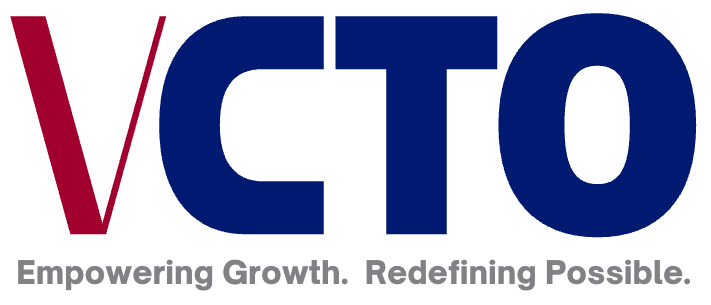
Scaling Smart, Part 2: Building Processes That Run Without You
In Part 1 of our Scaling Smart series, we looked at the five operational signs your business is ready to grow. Now, we’re diving into the first—and perhaps most critical—indicator: your processes run without you.
This is about more than efficiency. It’s about trust, delegation, and creating the operational backbone that keeps your business resilient, no matter who is—or isn’t—in the building.
Why Operational Independence Matters
When the founder is the bottleneck, growth stalls. If every decision, approval, or customer interaction depends on you, you’ve created a single point of failure. True scalability means your business can deliver consistent results even if you step away for a week—or a month. Operational independence frees you to focus on strategy, partnerships, and innovation rather than firefighting.
Building Trust in Your Team
A recent leadership article emphasized that trust is a two-way street. If you want your team to take ownership, you must:
Grant clear authority alongside responsibility, so decisions aren’t stuck in limbo.
Resist the temptation to “take back” delegated work—this undermines confidence.
Provide the training, tools, and context employees need to make informed choices.
Micromanagement is a growth killer. It not only slows the team, it signals that you don’t trust them. Scaling requires shifting from controller to coach, setting expectations, then stepping back so your people can succeed.
How to Build Processes That Run Without You
Document the Essentials – Identify your top five recurring tasks, and create simple, visual SOPs that make execution foolproof.
Cross-Train Staff – Ensure at least two people can handle each critical role, so absences don’t disrupt operations.
Use Automation – Scheduling, invoicing, CRM reminders, and reporting tools reduce dependency on individuals and increase accuracy.
Set Clear KPIs – Define success in measurable terms so staff know when they’re on target without waiting for your feedback.
Conduct Dry Runs – Step away for short periods and observe where breakdowns occur, then adjust processes accordingly.
Risks of Ignoring This Step
Burnout – You become the perpetual crisis responder, draining energy and morale.
Missed Opportunities – Stuck in the weeds, you have no time to pursue growth initiatives.
Vulnerability – Illness, travel, or emergencies could halt business entirely.
Team Frustration – Talented employees leave if they feel underutilized or distrusted.
Warning Signs:
Frequent calls or messages asking for approvals you could pre-authorize.
Tasks pile up in your absence.
Only one person knows how to execute key responsibilities.
Staff express uncertainty about priorities without your direct input.
Next in the Series: In Part 3, we’ll explore how to build predictable revenue streams—the second pillar of scale readiness.



